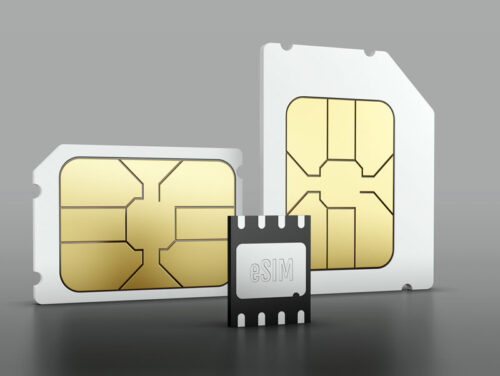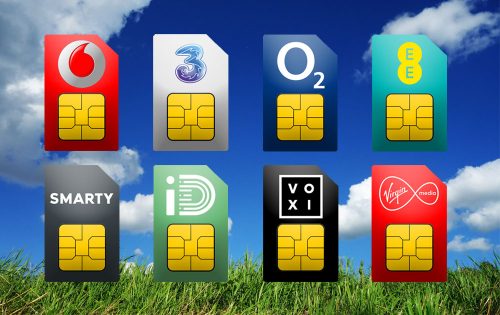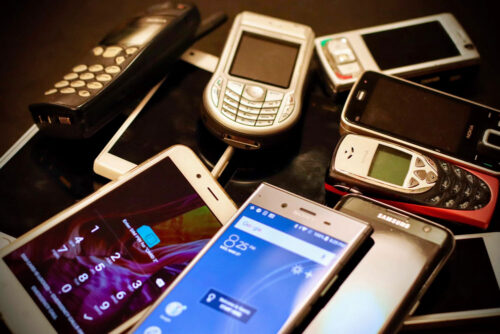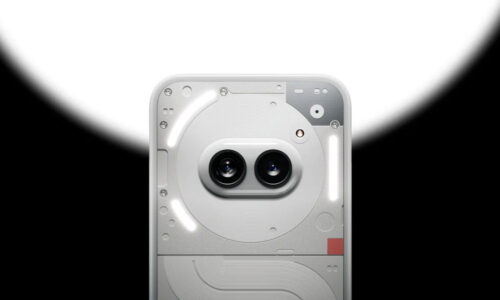The eSIM revolution is coming to your smartphone
Gary Waite from Sim Local explains all…
It wasn’t too long ago that if you wanted to listen to your favourite artist’s new album, you had to pop into town and buy physical media (CDs or cassette tapes). That seems almost archaic today – now we can listen to just about any song we want in seconds simply by digitally downloading it. Well, the very same thing is about to happen to the SIM card – you’ll soon be able to connect your mobile phone to any network you want, whenever you want, no matter where you are, simply by downloading an eSIM – the digital equivalent.
Already, all the major mobile device manufacturers support eSIM technology in their products including the brand-new iPhone 12 recently launched by Apple. The GSMA, the trade association for mobile network operators worldwide, is predicting that by 2025 more than a third of all smartphone network connections will be made via eSIM.
As more and more consumers begin to understand and realise the many benefits to eSIM, at Sim Local, we believe that in a few short years, physical SIM cards will be a thing of the past, just like CDs and cassette tapes are today.
Much more than a mobile upgrade
eSIM, comprising a chip soldered directly into the mobile device instead of a removeable card, rightly deserves to be seen as much more than a simple upgrade for mobile users.
Today, switching networks means customers getting hold of a new SIM card, either by visiting a retail shop or waiting for one to arrive in the post. eSIM removes this hassle completely. Customers can now get their mobile devices connected in minutes, simply by tapping on a QR code, or downloading an app. Where a typical smartphone can only hold one SIM card at a time, an eSIM-enabled smartphone allows several eSIM plans to be stored at the same time, and the customer is able to swap between plans with a simple menu tap.
Another technology, called Dual SIM, allows two plans to be active at the same time, both on the one device – this allows customers to travel abroad and benefit from lower-cost data from a local eSIM plan, whilst still receiving calls on their home plan. It also allows customers to manage two separate numbers on one phone; one for business and another for personal use.

An array of advantages
There are several other advantages and benefits to eSIM that are also set to contribute to its increasing ubiquity in smartphones.
Firstly, the space within smartphones is incredibly valuable and although the SIM card has progressively shrunk in size over the years, it is still quite a large component in a mobile device. eSIM reduces the hardware requirement down to a chip less than 2mm in size. Therefore, as new phone models are continually developed, the space taken up by the SIM card can be used for other purposes, such as a larger battery. You might remember that Apple removed the headphone socket in the iPhone 7 for this very reason.
As well as freeing up space for other functionality, removing the SIM card tray will also mean that devices can be more easily waterproofed – a development which will be welcomed by everyone who has ever attempted to dry out a damp phone in a bag of rice! It’s also worth mentioning the environmental benefits. Today, more than six billion SIM cards are produced every year but the advent of eSIM will see this excess plastic production end completely – an important step in the right direction in our quest to be kinder to the planet.
Opening opportunities
eSIM has not only made connecting traditional mobile much easier and quicker, it has opened-up opportunities for new smaller and lighter device categories, including smart-watches and fitness trackers.
Thanks to its very small form factor, eSIM introduces mobile connectivity into hardware where it was previously not feasible. This is recently demonstrated by Apple introducing the “Family Setup” capability to its Apple Watch: all made possible thanks to eSIM technology.
eSIM allows this new generation of wearable tech to operate completely independently from any smartphone and opens the way for more traditional computing devices, such as laptops and tablets, to be connected out of the box by default.
It is clear, the age of the eSIM has already started. Leading device manufacturers are adapting existing use-cases and developing new ones with eSIM at the centre. Now, the speed of widespread adoption of eSIM relies on mobile network operators and industry stakeholders educating both themselves and their customers on the benefits. And, those who move fastest will be able to reap the rewards.
Gary Waite is the Head of eSIM Strategy at Sim Local. To learn more about eSIM, head to www.simlocal.com.
Head to directmobiles.co.uk to compare the UK’s best smartphone and SIM only deals
Subscribe for mobile news, tips and exclusive offers straight in your inbox
Register your interest for the latest smartphones before they launch
Visit our YouTube channel Direct Mobiles TV for the latest smartphone reviews
Follow us and never miss an update…
Facebook: https://www.facebook.com/directmobilesuk
Twitter: https://twitter.com/DirectMobilesUK
Instagram: https://www.instagram.com/directmobiles/
LinkedIn: https://www.linkedin.com/company/direct-mobiles-uk/
The DMob Podcast: https://open.spotify.com/show/7mTrNvRCXWWnkGilycRL7s
Amazon Alexa: Just say “Alexa, enable Direct Mobiles” or https://amzn.to/2HiksLD









